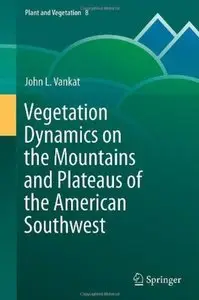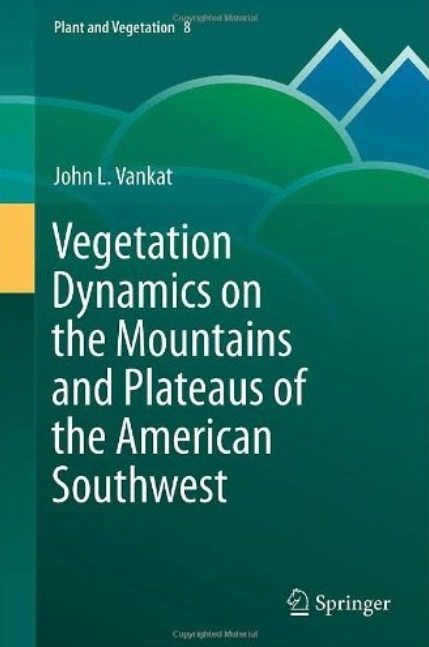John Vankat - Vegetation Dynamics on the Mountains and Plateaus of the American Southwest
Published: 2013-06-11 | ISBN: 9400761481, 9400761503 | PDF | 500 pages | 24 MB
This book provides information essential for anyone interested in the ecology of the American Southwest, including land and resource managers, environmental planners, conservationists, environmentalists, ecologists, land stewards, and students. The book is unique in its coverage of the hows and whys of dynamics (changes) in the major types of vegetation occurring on southwestern mountains and plateaus. The book explains the drivers and processes of change, describes historical changes, and provides conceptual models that diagrammatically illustrate past, present, and potential future changes.
All major types of vegetation are covered: spruce-fir forest, mixed conifer forest, ponderosa pine forest, pinyon-juniper vegetation, subalpine-montane grassland, Gambel oak shrubland, and interior chaparral shrubland. The focus is on vegetation that is relatively undisturbed, i.e., in natural and near-natural condition, and how it responds to natural disturbances such as fire and drought, as well as to anthropogenic disturbances such as fire exclusion and invasive species. Although intensive land uses such as logging are not included, knowledge of post-disturbance vegetation dynamics is applicable to the restoration and recovery of heavily disturbed areas.
The book has an introductory chapter followed by chapters on the major types of vegetation. Each vegetation chapter has an introduction that presents an overall description of the vegetation, followed by sections on (a) major drivers including climate, soil, natural disturbances such as fire, and anthropogenic disturbances such as livestock grazing, (b) key processes of vegetation dynamics such as succession, © vegetation conditions before Euro-American settlement, approaches used to determine them, and changes that followed, (d) a three-tiered suite of conceptual models of vegetation dynamics, and (e) conclusions and key challenges for researchers and managers.



